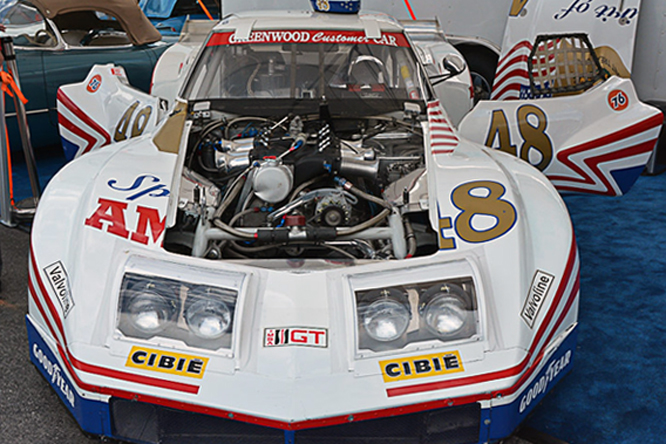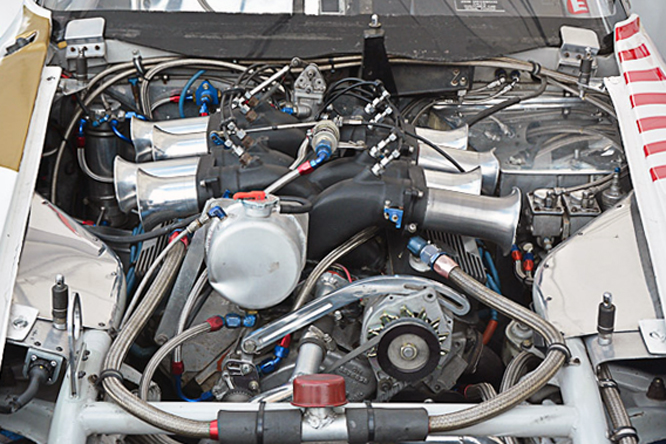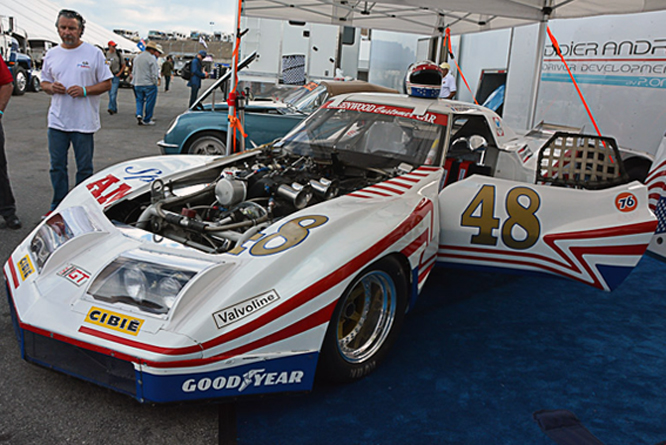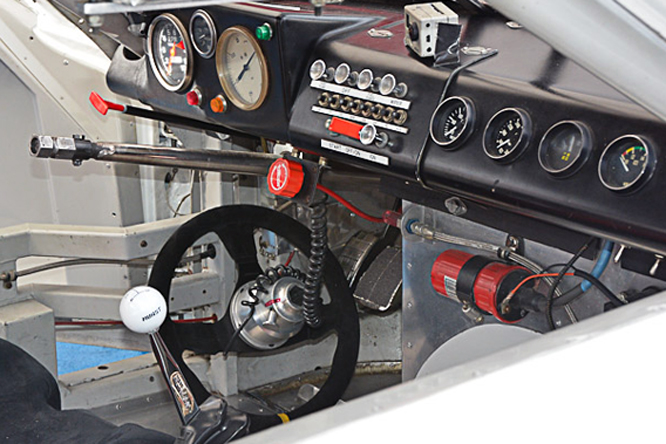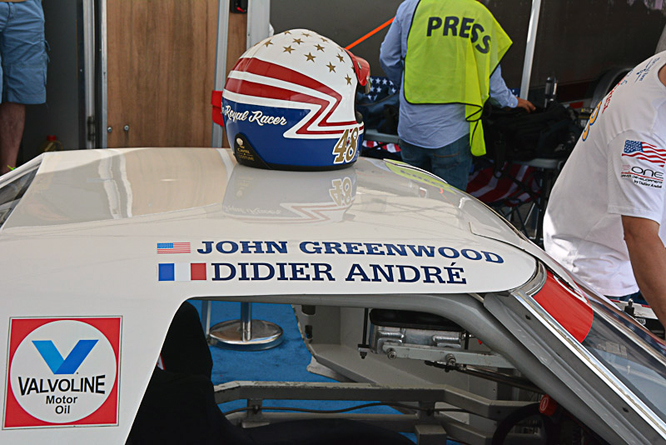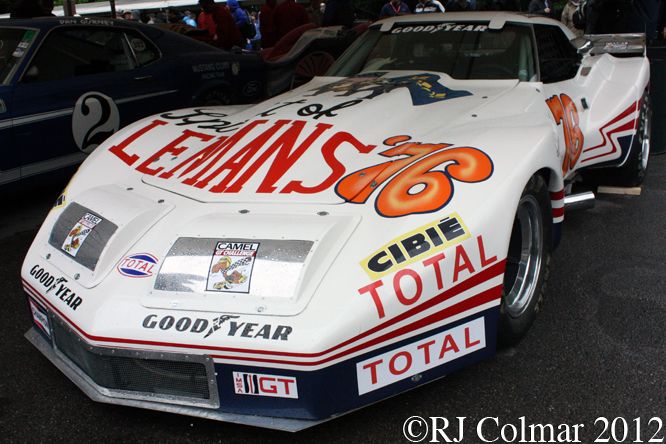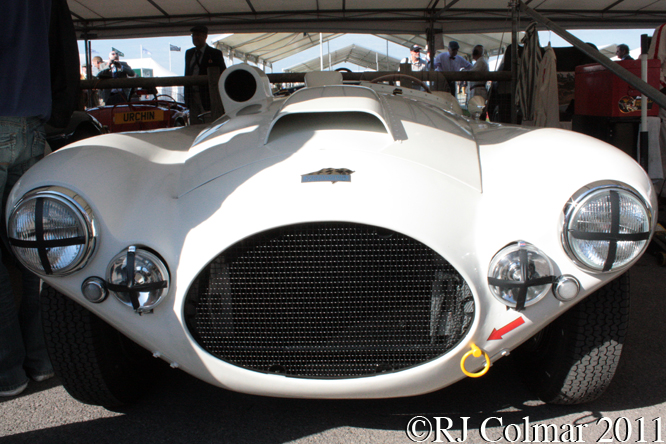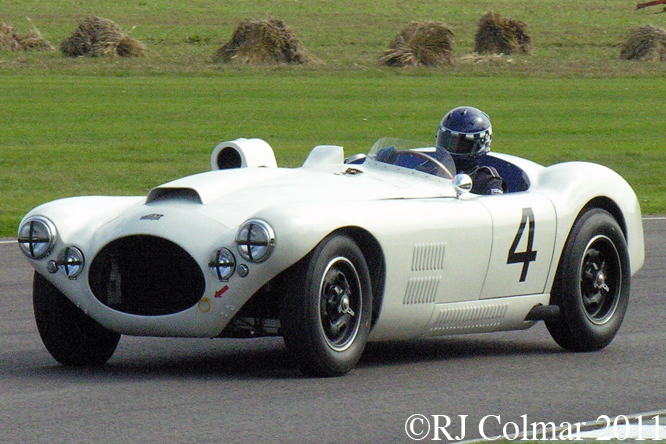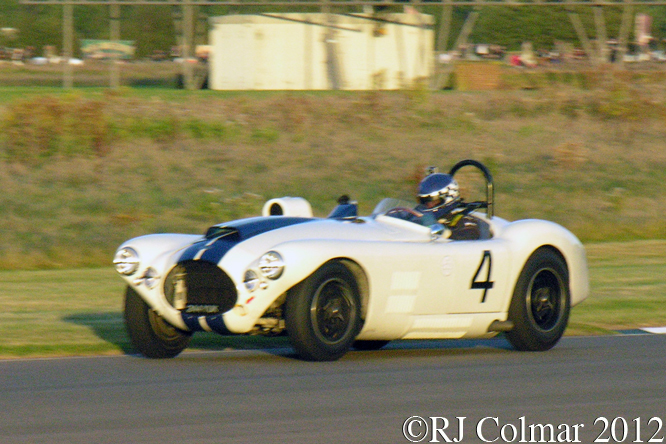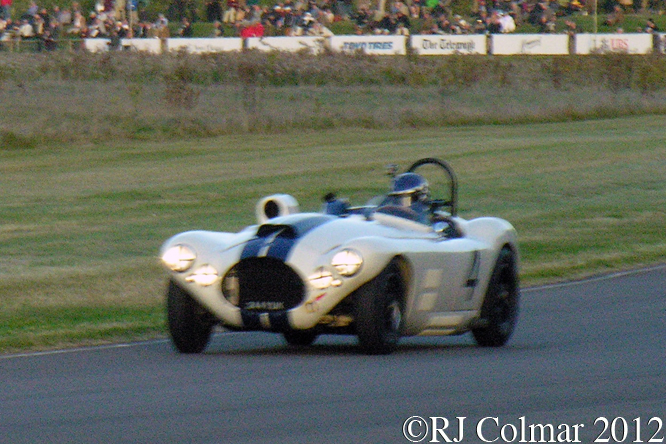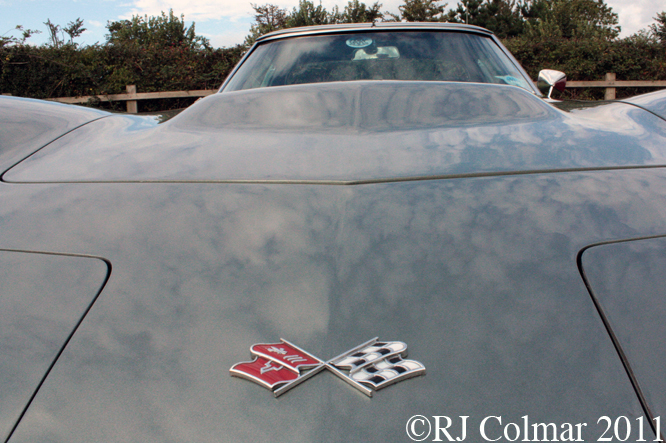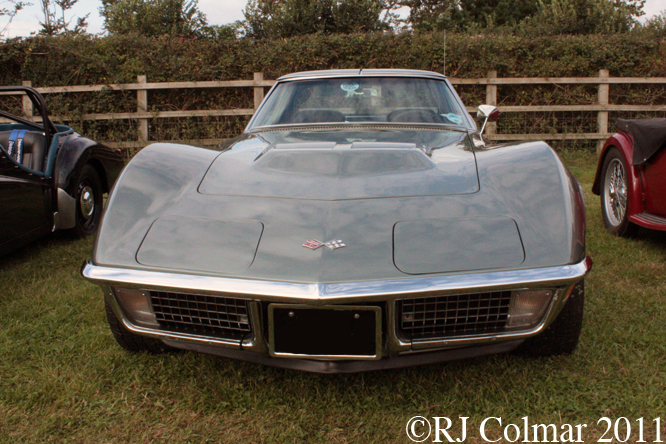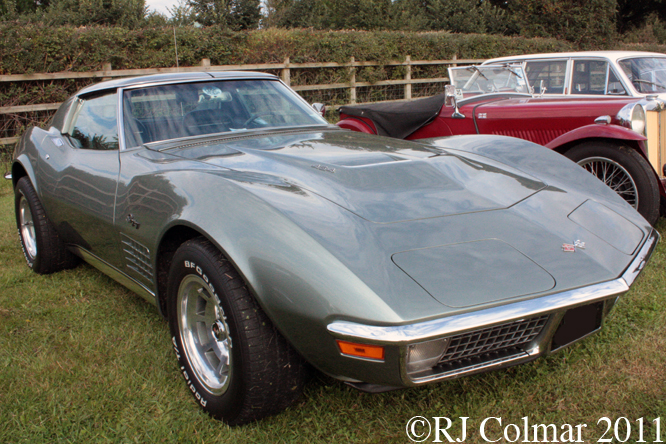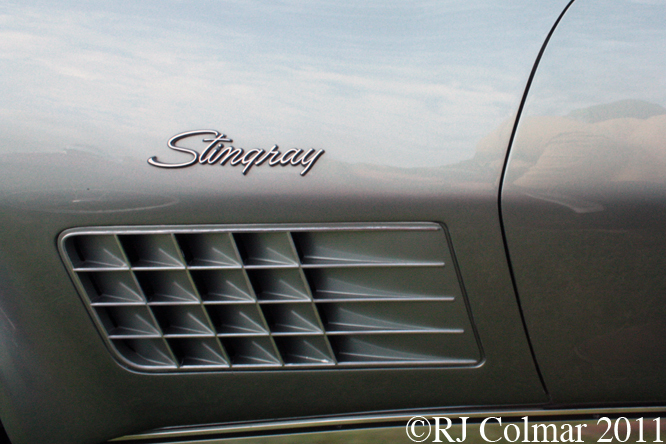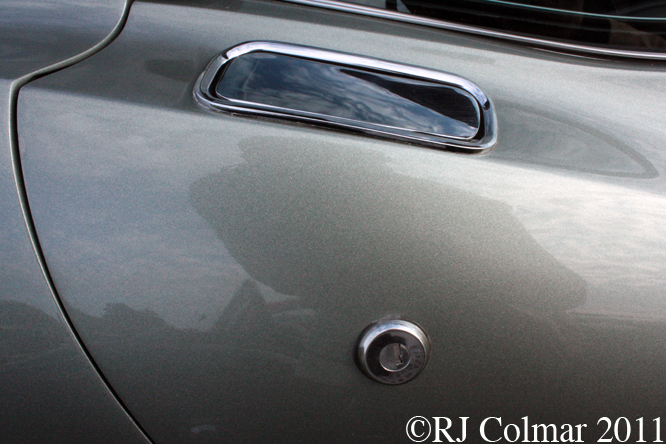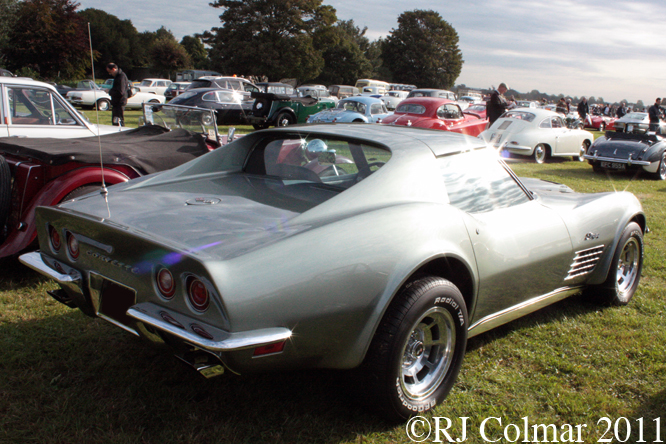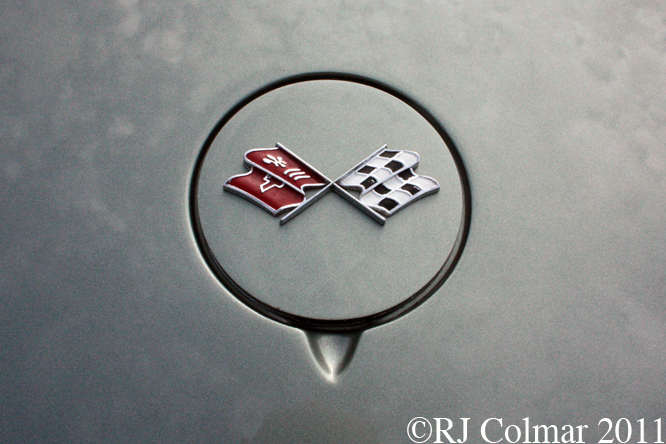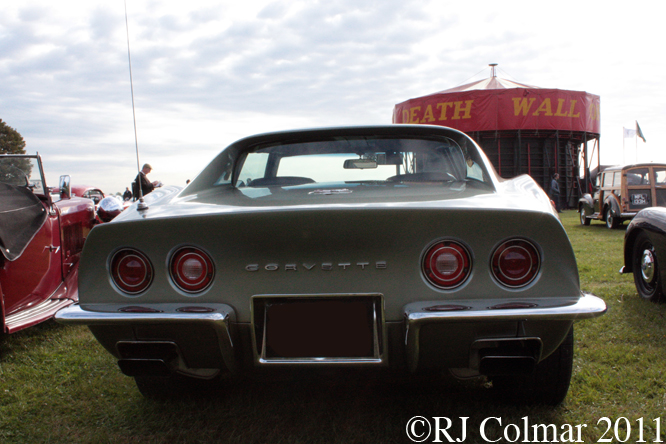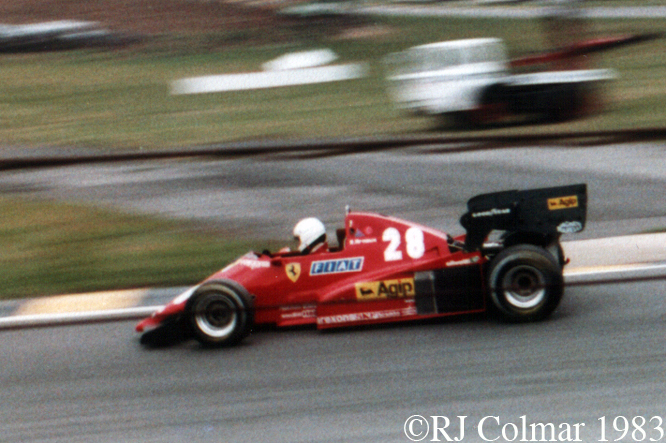A couple of weeks ago the Bristol Pegasus Motor Club (BPMC) and a few friends met at Redhill Village Hall for a BBQ and autosolo on their football/soccer pitch.
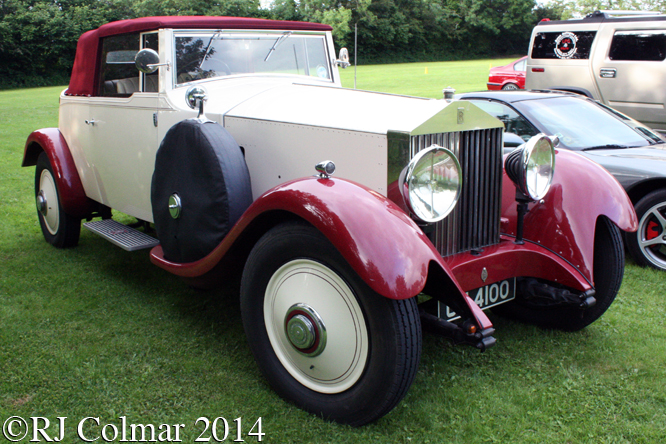
Oldest of the vehicles present was this magnificent 1929 Rasberry and Cream Rolls Royce Phantom II which I believe served as a funeral directors vehicle before being restyled recently as a 2 seat coupé.

Parked up right next to me was this purposeful 1965 Sunbeam Tiger.
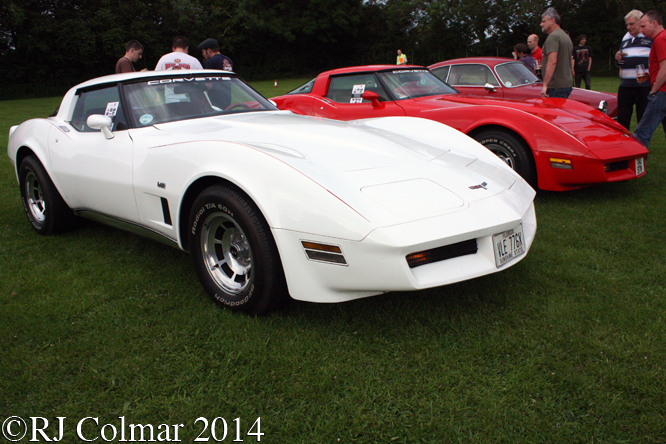
A pair of ’80 & ’81 late C3 Chevrolet Corvette’s came along as did a single C6.
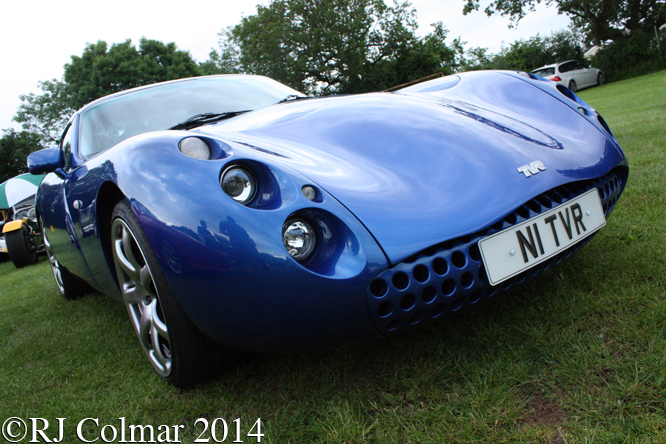
TVR kept making spartan lean machines right until the end of 2007, above a 2001 Tuscan with orifices in the wings that look like they should conceal weapons of mass destruction instead of headlights and indicators.

BPMC Social Secretary Nick Woods looks like he has just won the lottery behind the wheel of a friends ’08 Factory Five 65 Coupé, the bad news was the autosolo in which he was about to compete mandated drivers wear a black sack over their heads and were to be guided by their sighted passengers. Nick was navigated round the autosolo bollards by yours truely it took us nearly 30 seconds just to get off the start line such was the noise of the Roush V8 in front of us.

Though the Factory Five was wholly unsuited to the purpose of driving round the bollards, the event was won by a slightly smaller and considerably less powerful Saab, the most unsuited vehicle but most entertaining vehicle in the event was the ’95 Toyota Hilux Monster truck with 36 inch wide tyres driven by Scott Grey and his partner.
It turns out that Redhill Village Hall has Classic Gatherings most months on the third Thurday of the month, the next is on July 17th see their Classic Car Evening Gatherings page on facebook for further details.
Thanks for joining me on this “BPMC Bring Your Car Evening” edition of “Gettin a li’l psycho on tyres” I hope you will join me again tomorrow when I’ll be revisiting a Maserati I recently wrote about. Don’t forget to come back now !


